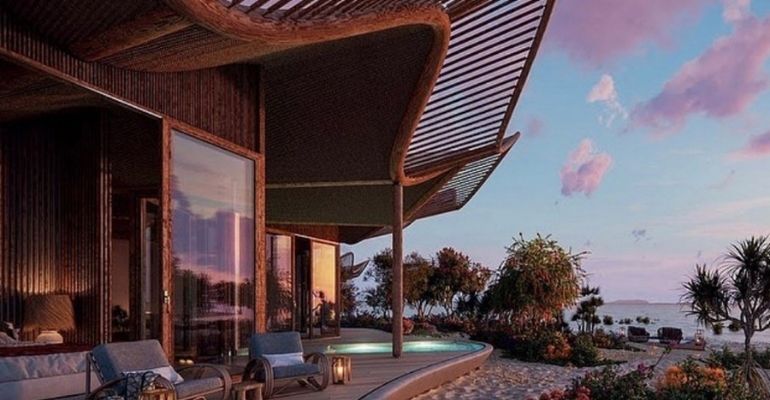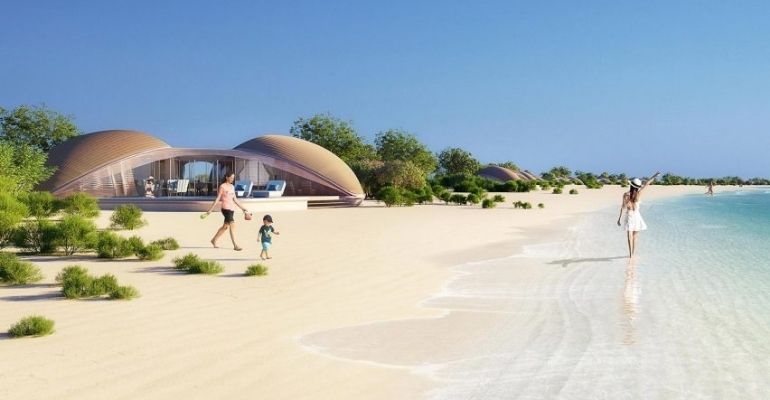The area covered by The Red Sea Project and Amaala now extends to 20,000 square kilometres after The Red Sea Development Company (TRSDC) and Amaala’s merger announcement. It now includes the area covered by Amaala, Russell Brainard, Chief Environment Officer for the Red Sea Project at TRSDC, said.
Brainard was speaking at the Cityscape GCC Summit 2021.
He noted that The Red Sea Project aims to be “the world’s most ambitious luxury tourism and hospitality” project based on the natural setting of the environment and pioneering new sustainable standards.
The ecotourism project includes coral reefs, island beaches, desert canyons and other similar experiences integrated with the natural habitat.
“We’re trying to make a better natural environment for a better tomorrow. That makes economic sense as well,” Brainard said.
"The draw for our visitors and residents is the natural beauty and the wildlife. We want to make sure those are intact or more abundant over time.”
Phase 1 of The Red Sea Project, which includes 16 hotels with 3000 rooms and about 400 residential units (not inclusive of Amaala), is expected to be ready by 2023.
The overall project is expected to be completed by 2030, in line with Vision 2030. It will include 22 developed islands, 6 inland sites, about 1000 residential units, and 50 hotels capped at 8000 keys to limit overdevelopment. The project expects a million visitors after completion.

ENVIRONMENTAL GOALS OF THE RED SEA PROJECT
The cap on the total number of hotel keys was established based on a marine spatial planning study published by peer-reviewed environmental journal Frontiers in Marine Science, Brainard said.
The project aims to grow biodiversity in the region by 30% over the next two decades, he also noted. Further, nine islands will serve as conservation islands.
The no-take marine protected area (MPA) established by the project spans nearly 7,000 square kilometres, the largest such no-take MPA across Saudi Arabia, the Red Sea and the Middle East, Brainard noted.
Further, The Red Sea Project aims to restore endangered habitats, such as new corals across “tens of kilometres.” Other habits include mangoes, seagrasses, and native land vegetation.

To achieve this restoration effort, TRSDC is using high-resolution habitat maps for planning and development, baseline marine assessments for monitoring, as well as protected species and crypto biota biodiversity assessments.
The Red Sea Project is also being built using low-carbon green concrete and has 60-70% of manufacturing off-site to control the environmental footprint of the project.
Photo credit: www.abouther.com/node/38611/lifestyle/, www.aasarchitecture.com/2021/03/, www.dezeen.com/2021/02/21/foster-partners-saudi-arabia-red-sea-project-ummahat-alshaykh-hotel-12/
WANT MORE REAL ESTATE INSIGHT?
Subscribe to the Cityscape newsletter here

